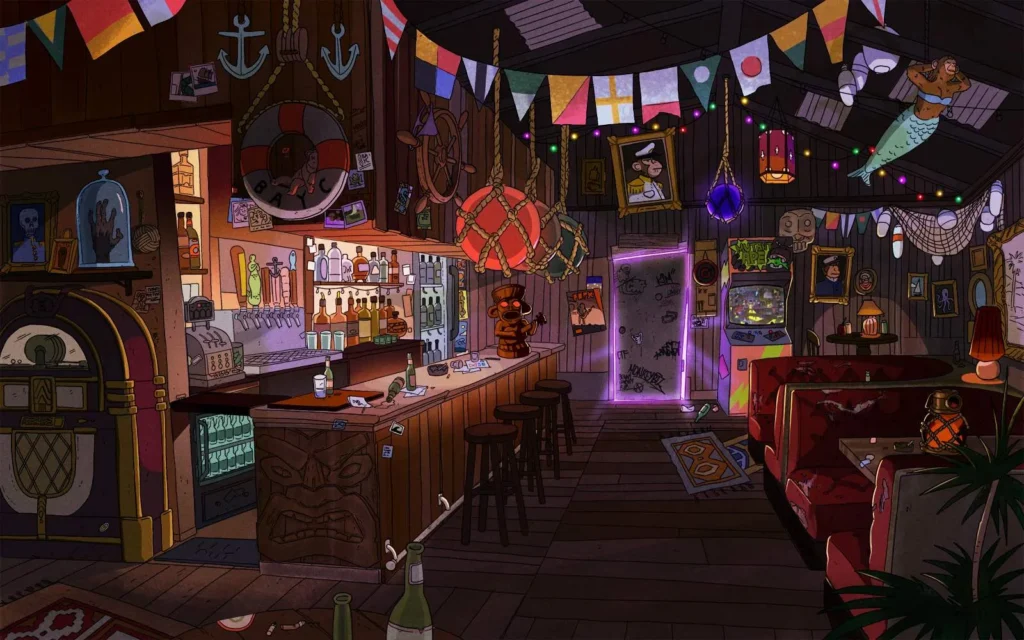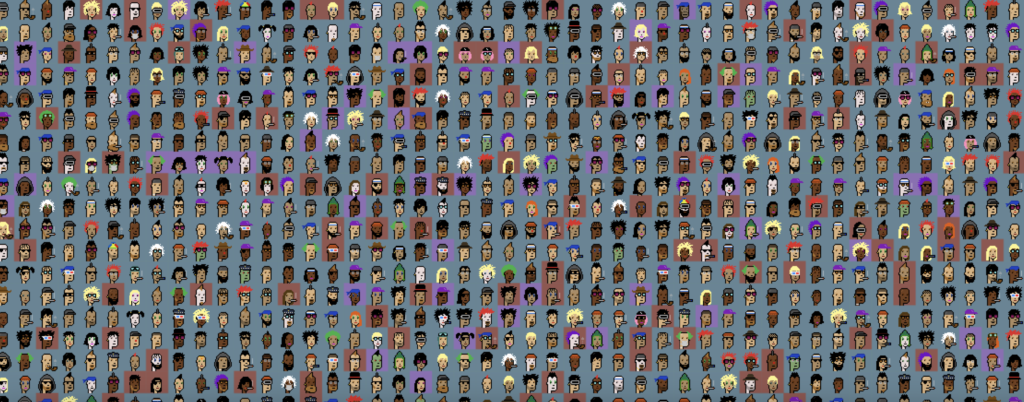Trading volume dropped from $17 billion to $466 million in nine months, from January to September 2022. Total auction turnover dropped from $232 million to $13 million, with turnover plummeting from $1.9 billion to just $205 million over twelve months. These are some of the numbers that explain why NFT is the flop of the year. 2023 could have been the year of consecration after the resounding and rapid rise at the turn of the previous two years, while instead, it turned out to be the worst period for the Non-fungible token, now belittled in an enclosure formed by a few enthusiasts.
Personally, I was very surprised when I saw the multiplication of digital works and similar ideas, not always convincing on an aesthetic level, start to be priced out of any human conception. The novelty effect and the desire to pump up the moment’s fashion allowed harmless images of cats and punk monkeys to take flight and open the door to a market that was incomprehensible to many.
If we want to find a starting date for the NFT craze, we have to start on 11 March 2021, the day on which ‘Everydays: The first 5000 days‘ was sold at Christie’s for $69.3 million. Why was a collage of jpeg images paid such a high price? “It is a work that has made history and will soon be worth $1 billion,” said Vignesh Sundaresan, owner of Metapurse, a fund specialising in digital art that made the wealth of Mike Winkelmann, a computer engineer turned art connoisseur better known as Beeple, author of the aforementioned collage.


The reasons for success
Let’s say that history did not prove Sundaresan right. He was actually an integral part of the active mechanism to spread NFTs on a large scale because making them popular meant attracting a multitude of curious people to a new trend governed by unfamiliar rules.
Continuing with symbols that represented the fleeting moment of glory of digital tokens, another exemplary case was Bored Ape Yacht Club, with 101 examples designed by Yuga Labs sold at auction by Sotheby’s for $24.9 million in September 2021. Success was repeated a few weeks later when a single monkey image sold for $3.4 million. It was a huge triumph for all digital art supporters, especially those who sniffed out the bargain and were the first to occupy a market destined to blow up shortly after that. In February 2022, a collection of 104 CryptoPunks, another NFT series that had been very popular up until then, was withdrawn from Sotheby’s a few minutes before the start of the auction because there were no buyers interested in investing the more than $20 million requested.
The reasons for the flop
As is often the case with speculative bubbles, once sales peak, they quickly fall, with supply far outstripping demand. Thus, Madonna’s Bored Ape and other celebrities such as Jimmy Fallon, Paris Hilton, Justin Bieber and Snoop Dog have lost up to 70% of the maximum value they had reached in the previous months (after having exceeded $400,000, at the time of writing this article they are on sale at 29 Ethereum, about $65,000). The hardly predictable dynamics of the NFT market ended up disappointing many early enthusiasts, so much so that a group of investors sued Sotheby’s for misleadingly promoting NFTs to drive up prices. Beyond the court battles, what remains is the rapid descent of a market that suddenly exploded due to a series of favourable circumstances and collapsed after 18-24 months for a number of interrelated reasons.
Firstly, NFTs are closely linked to cryptocurrencies and their volatility (which had facilitated trading in the golden age), and the year that is coming to a close has certainly not been a favourable period for digital currencies, not least but not only because of the collapse of FTX. This platform involved over a million investors.

Another element is the misunderstanding with which a technological system was presented as a kind of art movement, making people believe that any artist could sell their works as NFT and secure huge profits, while on the other hand, buyers were sold the security (actually a lie) of investing in securing digital works as a source of later and higher income. Part of the NFT market was based on the uniqueness of the marketed good, when instead, we are talking about easily reproducible works and, therefore, in the absence of truly exclusive elements, destined to lose share in the medium and long term.
A further aspect not to be underestimated, useful in pumping up the market in the eyes of unsuspecting users eager to make the bargain of a lifetime, is the anonymity behind which buyers have often concealed themselves. Thus exploiting the most basic of means to speculate and drive up prices, attracting the attention of the media and a vast audience of potential buyers.
Although current events tell us that NFTs are very unlikely to return to the status of commodities traded for hundreds of thousands of dollars, it is not all doom and gloom. Although a recent dappGambl study established that almost all NFT collections are worthless, there is still light for some. Looking at data from NFT Scan and CoinMarketCap, the report indicates that 69,795 out of 73,257 NFT collections are worth 0 Ether. This means that some 23 million people end up with investments behind them and nothing in their hands. Thanks to various applications, however, NFTs could still have a new lease of life, provided, as digital experts suggest, they find a way to be relevant as artistic objects or by ensuring a specific utility.



